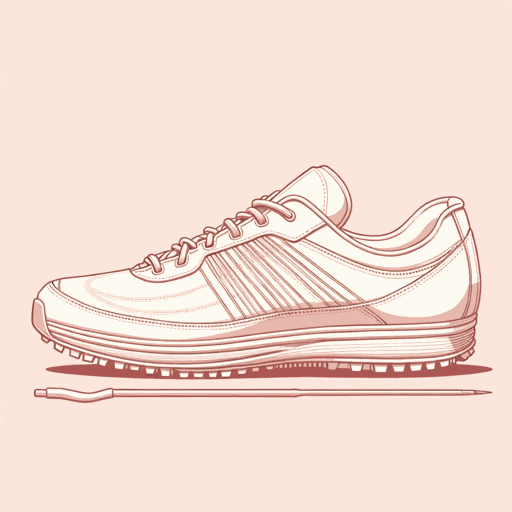39 pages • 1 hour read
Kate FaganWhat Made Maddy Run: The Secret Struggles and Tragic Death of an All-American Teen
Nonfiction | Book | Adult | Published in 2017A modern alternative to SparkNotes and CliffsNotes, SuperSummary offers high-quality Study Guides with detailed chapter summaries and analysis of major themes, characters, and more.
Summary and Study Guide
Overview
Kate Fagan’s What Made Maddy Run: The Secret Struggles and Tragic Death of an All-American Teen (2017) centers on Madison Holleran, a promising young athlete at the University of Pennsylvania who committed suicide in 2014. This is a work of narrative journalism that grew out of Fagan’s award-winning ESPN essay “Split Image” (2015). Fagan brings her experiences as a college athlete on a Division I team and her expertise as a sports journalist to explore why a young woman who excelled both academically and athletically would commit suicide. Over the course of the book, Fagan uncovers evidence of Madison’s depression and the numerous ways she sought help. She uses Madison’s story to explore bigger ideas about mental health, social media, perfectionism, and the challenges facing young people.
Plot Summary
The book has a non-linear structure. The story focuses on Holleran’s freshman year at the University of Pennsylvania, but Fagan interrupts the narrative with stories of her own experiences as a college athlete. Fagan reconstructs the last few months of Madison’s life using her emails, social media accounts, text messages, and files on her computer. Interviews with Madison’s family, friends, teammates, and coaches provide additional details about Madison’s life. A key theme throughout the book is how little people around Madison understood how much she was struggling. To introduce Madison’s voice, Fagan includes text message conversations and emails between Madison and her friends. However, Fagan suggests that we can never understand why Madison committed suicide because there is no simple answer.
Throughout the book, Fagan cites academic studies, interviews mental health advocates, and includes statistics to contextualize her analysis. In particular, she guides readers on how to approach conversations about mental health and suicide. The book highlights several moments when Madison brought up her mental health issues. Fagan draws attention to how her family, friends, teammates, and coaches failed to understand the severity of her depression.
What Made Maddy Run focuses on Madison’s mental health in her first semester at the University in Pennsylvania. Chapters 1-3 introduce us to Madison, a bright, driven young woman who seemed to have the world at her feet. Chapter 1 begins with Madison’s father driving her back to school for the second semester of her freshman year. Chapter 2 takes place on Madison’s first day at college, when she is filled with excitement. Chapter 3 shows Madison’s excitement quickly fading under the pressures of college. In particular, Madison grows to hate track.
Fagan charts the combination of academic and athletic pressures that Madison faced in her transition to college. Madison, who succeeded at everything in her life, begins to doubt her abilities as both athletic and academic pressures ramp up. In Chapters 4-7, Fagan describes how quickly Madison’s mental and emotional health declined between November and late December of 2013. Madison tries to articulate her unhappiness, but her family and friends fail to grasp the depth of her depression. Fagan writes that a happy, successful exterior often hides a tumultuous inner world. In Chapters 8-10, we see Madison pushed to a crisis point. In Chapter 8, Madison meets with her coach to quit track, but he convinces her to stay on the team. In Chapter 10, Madison leaves gifts for her friends and family and commits suicide by jumping off the roof of a parking garage. In Chapter 11, her family and friends try to make sense of what has happened.
Fagan uses Madison’s story as an opportunity to explore the pressures affecting young people today. In particular, she focuses on the immense pressure placed upon student athletes at the collegiate level. Many collegiate athletes have perfectionist personalities, and Fagan argues that for many young people, striving for excellence may become overwhelming. Fagan argues that the lack of support for mental health services is something that must change.

